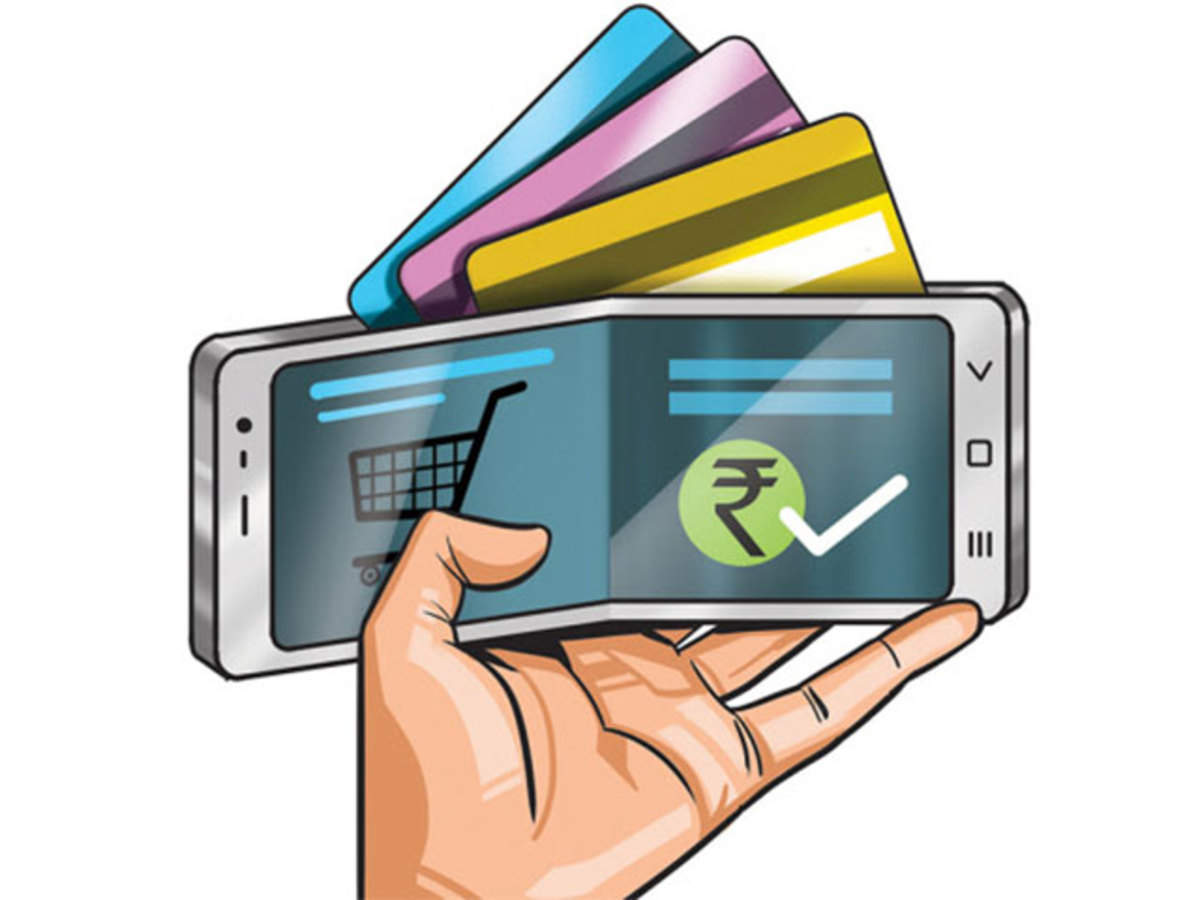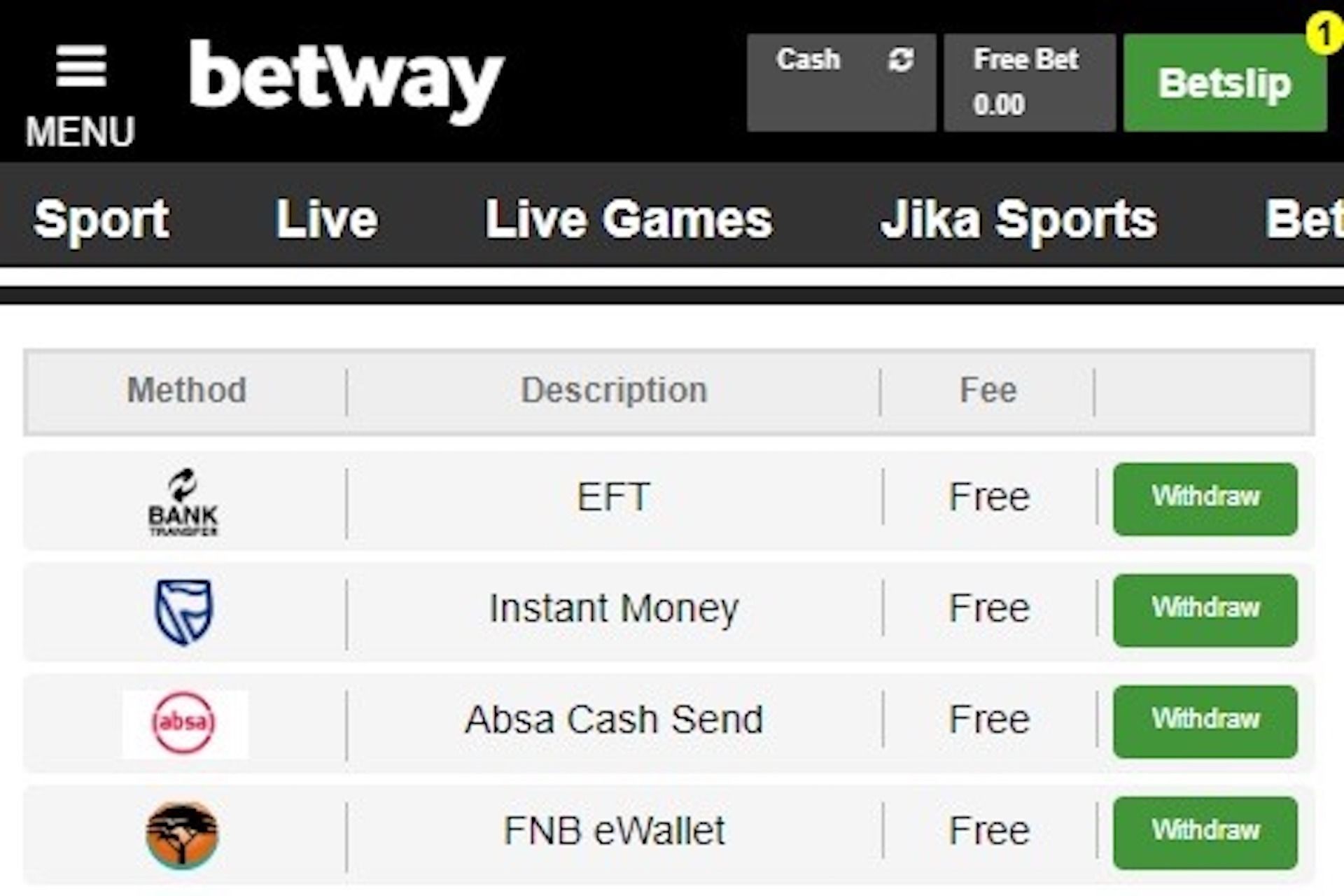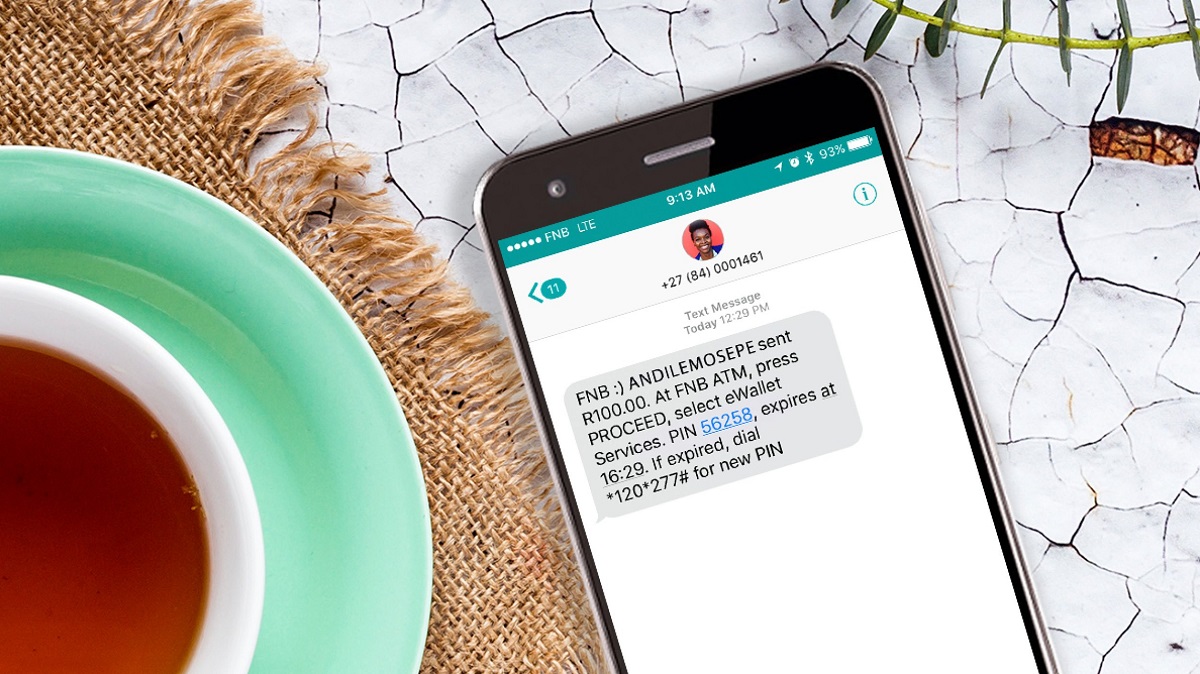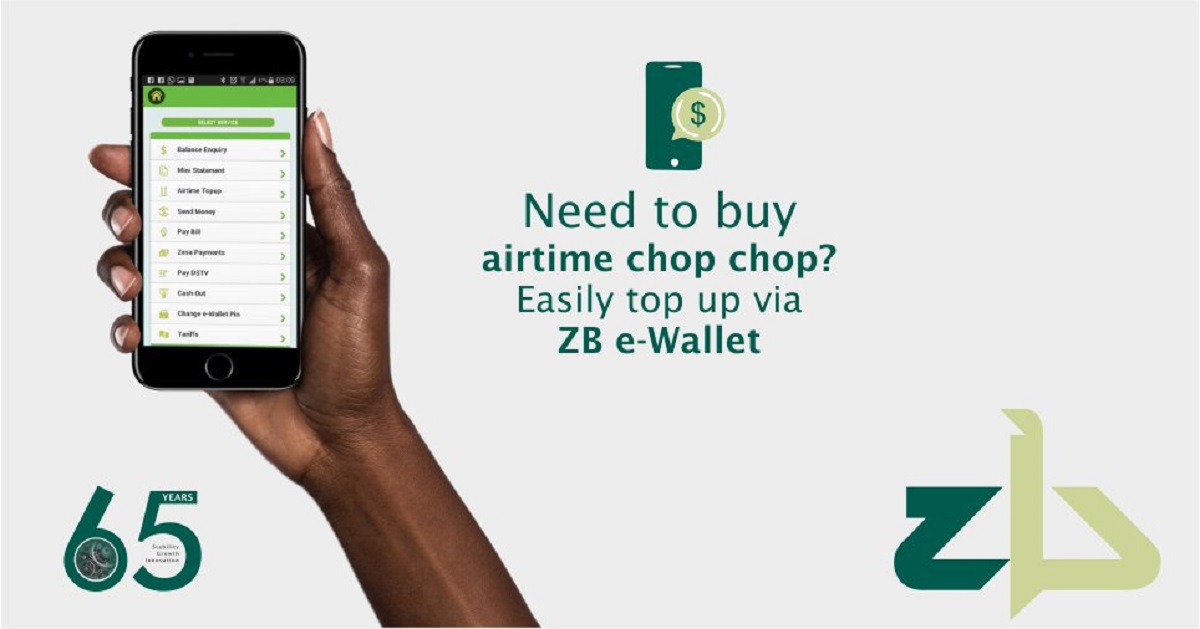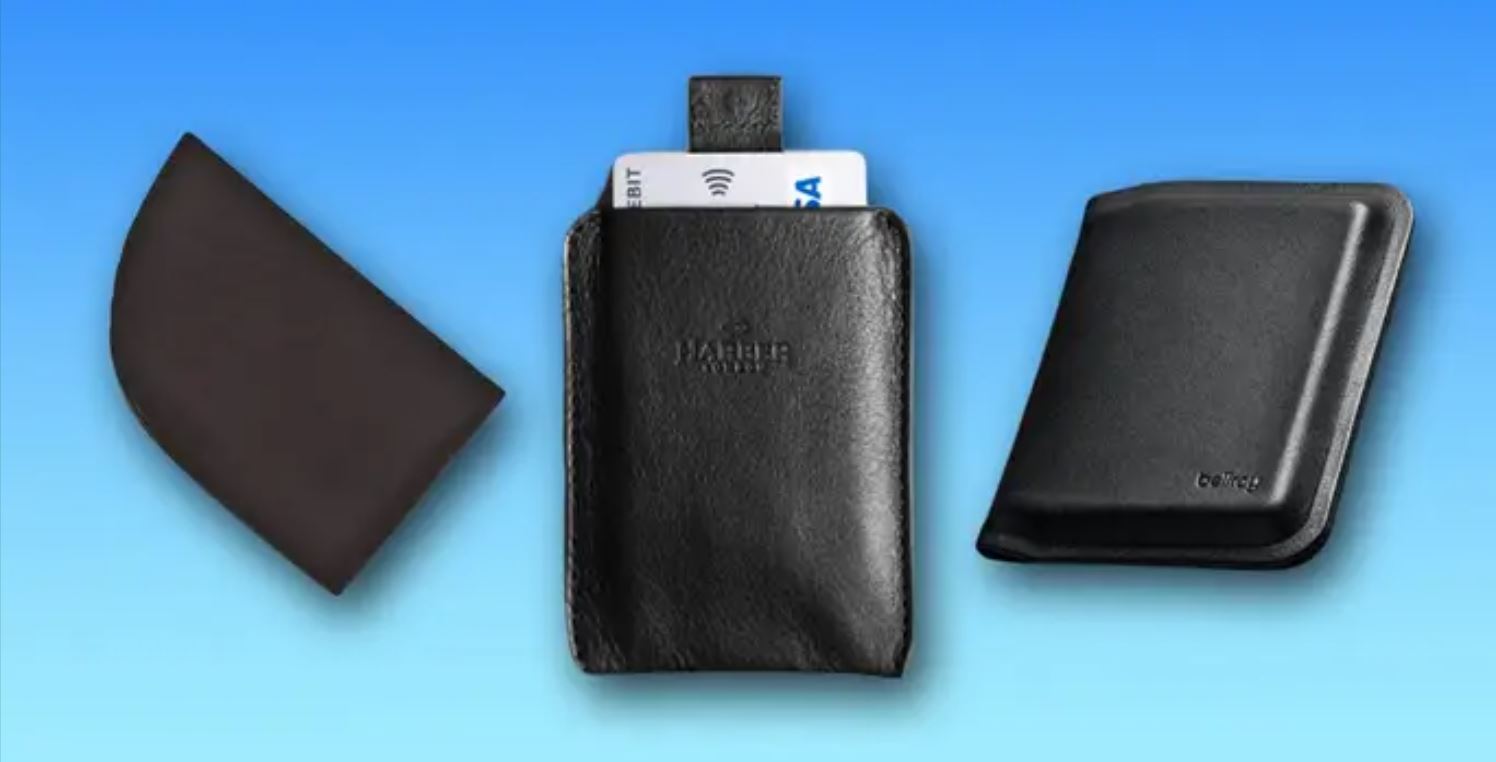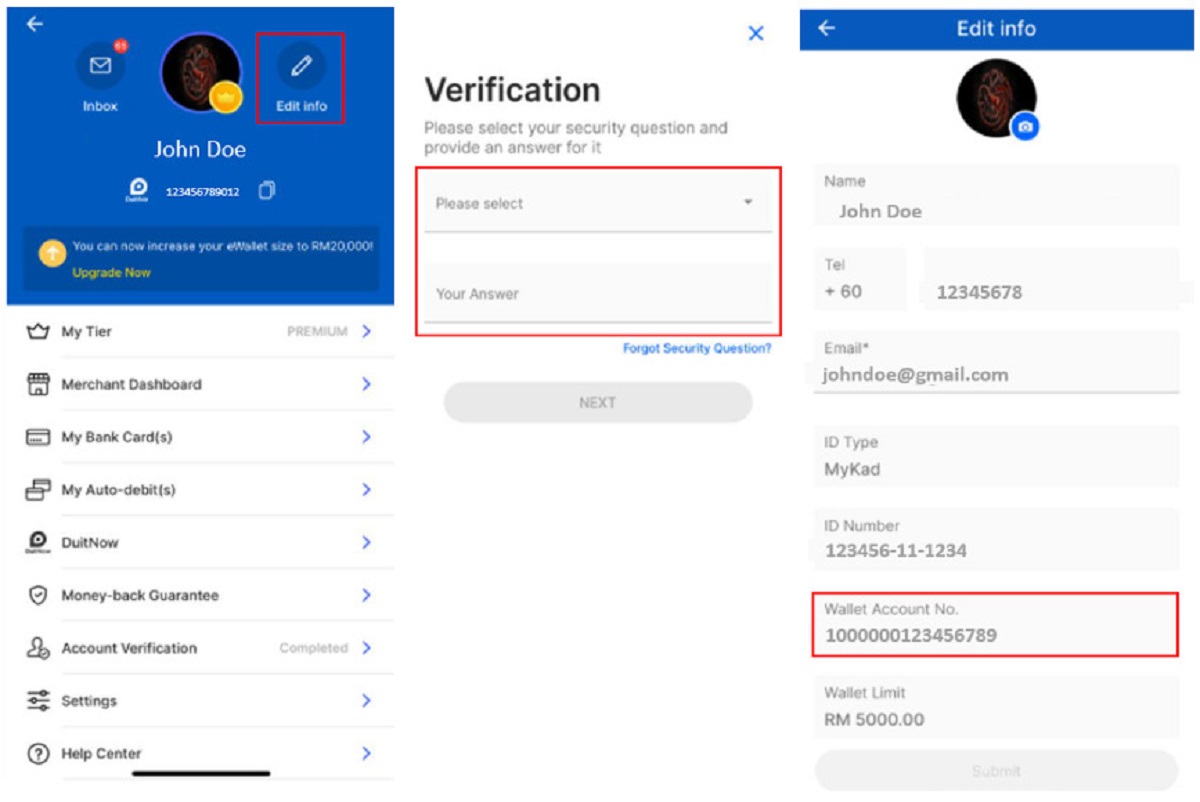Overview of E-wallets
E-wallets, also known as digital wallets or electronic wallets, have become increasingly popular in recent years. These digital payment platforms offer a convenient and secure way to make transactions and store money electronically. With just a few taps on your mobile device, you can pay for goods and services, transfer funds, and manage your finances.
One of the main advantages of using an e-wallet is the elimination of the need to carry cash or physical payment cards. Instead, you can store your credit card information, bank account details, or even cryptocurrencies within your e-wallet. This not only reduces the risk of loss or theft, but it also streamlines the payment process, making it faster and more efficient.
E-wallets work by securely storing your financial information and linking it to a unique identifier. This identifier can be a mobile number, email address, or a specific app account. When you make a payment or send money, the e-wallet securely transmits the necessary details to complete the transaction.
Many e-wallets offer a range of additional features, such as loyalty programs, digital coupons, and easy integration with online and offline merchants. Some e-wallets also support peer-to-peer payments, allowing you to transfer funds to friends and family instantly.
It’s important to note that there are various types of e-wallets available, including those provided by financial institutions, mobile network operators, and independent fintech companies. Each type has its own set of features, fees, and compatibility with different payment methods.
Overall, e-wallets provide a convenient and secure way to manage your finances and make digital transactions. With the growing acceptance of e-wallets in both online and physical stores, it’s clear that this technology is here to stay.
How E-wallets Work
E-wallets are designed to simplify the process of making electronic transactions and storing digital currencies. Understanding how e-wallets work can help you make the most of this technology and ensure the security of your financial information.
When you sign up for an e-wallet, you’ll typically be required to provide some personal information and link your bank account or credit card. This information is securely stored within the e-wallet platform, ensuring the confidentiality of your financial details.
Once you have set up your e-wallet, you can use it to make payments or transfers by selecting the desired option within the app or platform. You may be prompted to enter the recipient’s information, such as their email address or mobile number, and the amount you wish to send.
Once you confirm the transaction, the e-wallet securely transmits the necessary details to the recipient’s e-wallet or the payment processor. This process is encrypted to ensure the privacy and security of your information.
Depending on the type of transaction, the speed at which the funds are transferred can vary. Some e-wallet platforms offer instant transfers, allowing the recipient to receive the funds within seconds. Others may take a few hours or even a day to complete the transaction.
In addition to making payments, e-wallets can also be used to store digital currencies, such as Bitcoin or Ethereum. These cryptocurrencies can be bought, sold, and stored within the e-wallet, providing a secure and convenient way to manage your digital assets.
E-wallets also offer a range of security measures to protect your financial information. These can include two-factor authentication, fingerprint or facial recognition, and transaction notifications. It’s important to choose an e-wallet that prioritizes security and regularly updates its software to guard against potential vulnerabilities.
Overall, e-wallets revolutionize the way we make transactions and manage our finances. By understanding how they work and taking necessary security precautions, you can leverage the convenience and security they provide.
Factors that Affect Transaction Time
When using e-wallets, the transaction time can vary based on several factors. Understanding these factors can help you anticipate and manage the time it takes for your transactions to be processed.
1. Network Congestion: The speed of your transaction can be affected by network congestion. During peak times or when there is heavy internet traffic, the processing time may be slower as the e-wallet platform handles a higher volume of transactions.
2. Payment Method: The payment method used can also impact transaction time. Transactions made using credit or debit cards may require additional verification steps, such as card authorization, resulting in slightly longer processing times compared to transactions made using available e-wallet balances or linked bank accounts.
3. Merchant Processing Time: If you’re making a payment to a merchant, the transaction time can also be affected by their processing time. Some merchants may have systems in place that require manual verification or batch processing, resulting in longer transaction times.
4. Geographic Location: The location of the sender and receiver can influence transaction time, particularly for international transfers. Factors such as currency conversion and international banking regulations can introduce additional processing steps, leading to longer transaction times.
5. Service Provider: Different e-wallet providers may have varying processing times. It’s important to choose an e-wallet with a reputation for fast and reliable transactions to ensure a seamless payment experience.
It’s worth noting that while e-wallets aim to provide fast and efficient transactions, occasional delays may occur due to unforeseen circumstances or technical issues. If you experience longer than expected transaction times, it’s advisable to contact customer support for assistance.
By being aware of these factors that affect transaction time, you can better manage your expectations and plan your e-wallet usage accordingly. Utilizing an e-wallet with efficient processing times and staying informed about the latest updates from your service provider can help ensure a smooth and timely transaction experience.
Instant Transaction
One of the key benefits of using an e-wallet is the potential for instant transactions. Instant transactions allow you to send or receive money within seconds, providing a convenient and efficient payment experience.
Instant transactions are made possible by the real-time processing capabilities of e-wallet platforms. When you initiate an instant transaction, the e-wallet securely communicates with the recipient’s e-wallet or the payment processor, facilitating the immediate transfer of funds.
For example, if you’re splitting a bill with friends at a restaurant, you can simply use your e-wallet to transfer your portion of the payment to your friend’s e-wallet. The transfer is processed instantly, allowing your friend to receive the funds immediately.
Similarly, if you’re making an online purchase, an instant transaction ensures that the payment is completed promptly, allowing the merchant to proceed with order fulfillment without delay.
To ensure that you can enjoy instant transactions, it’s important to choose an e-wallet provider that supports this feature. Not all e-wallets offer instant transactions, so it’s worth researching and comparing different providers to find one that meets your needs.
It’s worth noting that instant transactions may be subject to certain limitations, such as transaction amount limits or service availability. Some e-wallet platforms may impose limits on the size of instant transactions to prevent fraud or to comply with regulatory requirements. Additionally, the availability of instant transactions may vary depending on your location.
Overall, instant transactions offered by e-wallets bring great convenience and efficiency to the world of digital payments. By choosing an e-wallet that supports instant transactions and understanding any applicable limitations, you can enjoy the benefits of instant money transfers wherever and whenever you need them.
Same-day Transaction
While instant transactions offer the fastest way to send and receive money, not all transactions can be completed instantly. In some cases, you may need to wait until the end of the day for your transaction to be processed. These transactions are commonly referred to as same-day transactions.
Same-day transactions typically involve a slightly longer processing time compared to instant transactions, but they still provide a relatively quick way to transfer funds. The exact time frame for a same-day transaction can vary depending on the e-wallet provider and the specific circumstances of the transaction.
For example, if you’re sending money to a friend or family member who uses a different e-wallet provider or a different bank, the transaction may take a few hours to be processed. The e-wallet platform needs to verify the recipient’s information and initiate the transfer through the appropriate channels.
Additionally, same-day transactions may be subject to cut-off times imposed by the e-wallet provider. If you initiate a same-day transaction after the specified cut-off time, it may be processed on the next business day. It’s important to be aware of these cut-off times to avoid any delays in your transactions.
Despite not being instant, same-day transactions still offer a convenient way to send and receive money within a reasonable timeframe. They are particularly useful for situations where instant transfer is not critical, such as paying bills, making online purchases, or sending money to a friend or family member in a different e-wallet ecosystem.
To ensure a smooth same-day transaction experience, it’s important to double-check the recipient’s information and provide accurate details when initiating the transaction. Any errors or discrepancies may result in delays or failed transactions.
Overall, same-day transactions provide an efficient way to transfer funds within a relatively short period of time. Whether you’re paying bills or sending money to someone in a different e-wallet ecosystem, same-day transactions offer convenience and flexibility in managing your finances.
Next-day Transaction
While instant and same-day transactions offer quick processing times, there are situations where you may need to wait until the next day for your transaction to be completed. These transactions are commonly referred to as next-day transactions.
Next-day transactions typically involve a slightly longer processing time compared to same-day transactions. They are often used for larger transactions, international transfers, or when there are specific cut-off times imposed by the e-wallet provider.
For example, if you’re sending a large sum of money or making an international transfer, the transaction may take longer to process due to additional security checks or international banking procedures. In such cases, the e-wallet platform needs extra time to verify the transaction details and ensure compliance with regulations.
Next-day transactions may also be subject to specific cut-off times. If you initiate a transaction after the cut-off time, it may not be processed until the next business day. These cut-off times are put in place to ensure that transactions can be properly reviewed and processed within a given timeframe.
It’s important to note that the processing time for next-day transactions can vary depending on the e-wallet provider and the specific circumstances of the transaction. Factors such as the recipient’s bank, country of residence, and the time the transaction was initiated can all influence the processing time.
Next-day transactions are particularly useful for scenarios where immediate transfer is not necessary or feasible, such as bill payments scheduled for a specific date or transfers to international accounts where additional processing time is required. They offer a reliable and convenient way to manage your financial obligations with the peace of mind that the transaction will be processed on the following day.
When initiating a next-day transaction, it’s crucial to ensure that you provide accurate and complete information to avoid any delays or potential issues. Double-checking the recipient’s details, including their bank account information or e-wallet ID, can help minimize any potential errors or complications.
Overall, next-day transactions offer a reliable option for transferring funds when immediate processing is not required. They provide a valuable balance between quick transfers and necessary processing time, ensuring that your transactions can be completed efficiently and securely.
Transaction Time for International Transfers
When it comes to international transfers, the transaction time can vary significantly due to several factors. Understanding these factors can help you manage your expectations and plan your international transactions accordingly.
1. Banking Systems and Infrastructure: The efficiency and capabilities of the banking systems involved in the transaction play a crucial role in determining the transaction time. Some countries may have intricate financial infrastructures that require additional processing time, while others may have streamlined systems that facilitate faster transfers.
2. Time Zones: Time zone differences can also affect the transaction time for international transfers. If the sending and receiving countries are in different time zones, it may result in a delay as the transaction may need to wait for the recipient’s banking hours to begin before it can be processed.
3. Compliance and Security Checks: International transfers often involve compliance and security checks to ensure regulatory compliance and prevent fraudulent activities. These checks can introduce additional processing time, especially for large transactions or those involving high-risk countries.
4. Correspondent Banks: Correspondent banks are intermediary financial institutions that facilitate cross-border transfers between different banks. The involvement of correspondent banks can add an extra layer of processing time as the transfer passes through multiple entities to complete the transaction.
5. Currency Conversion: If the international transfer involves currency conversion, the transaction time can be influenced by the exchange rates and market conditions at the time of the transfer. The speed at which the funds are exchanged between currencies can impact the overall transaction time.
6. Transfer Method: The transfer method selected for international transfers can also affect the transaction time. Traditional wire transfers may take longer compared to alternative methods like digital wallets or online remittance services, which can provide faster and more efficient transactions.
It’s important to note that while international transfers can take longer than domestic transfers, technological advancements and improvements in banking systems have significantly reduced the processing time in recent years. Many e-wallet providers now offer faster international transfer options to cater to the increasing demand for seamless cross-border transactions.
To ensure a smooth and timely international transfer, it’s essential to provide accurate recipient information, including their bank account details, international routing codes, and any additional information required by the e-wallet or banking system. Incorrect or incomplete information can lead to delays or failed transactions.
Overall, international transfers require careful consideration of the various factors that can influence the transaction time. By understanding these factors and choosing a reliable e-wallet provider that offers efficient international transfer services, you can navigate the complexities of international transactions more effectively.
Delays in Transaction Time
While e-wallets offer quick and convenient ways to process transactions, there are instances when delays in transaction time can occur. Understanding the potential reasons for delays can help you manage your expectations and take appropriate actions when necessary.
1. Network Issues: E-wallet transactions rely on stable internet connections to communicate with the relevant payment processors or banks. Network issues, such as slow internet speed or connectivity problems, can result in delays in transaction processing. It’s advisable to ensure a stable internet connection before initiating any e-wallet transactions.
2. Technical Glitches: Like any technology, e-wallet platforms can experience technical glitches or system maintenance that can disrupt transaction processing. These issues can temporarily stall transactions and may require the user to retry the transaction at a later time. It’s essential to be patient and follow any instructions provided by the e-wallet platform during such situations.
3. Insufficient Funds: If your e-wallet account does not have enough funds to cover the transaction amount, the payment may be temporarily put on hold or declined. In such cases, the transaction will not be processed until additional funds are added to the e-wallet account. It’s crucial to regularly monitor your e-wallet balance and ensure sufficient funds are available for transactions.
4. Verification Procedures: In certain cases, e-wallet platforms may have additional verification procedures or security checks in place, particularly for large transactions or transactions involving new recipients or payment methods. These procedures may introduce some delays as the e-wallet platform ensures the legitimacy and security of the transaction. Patience and compliance with any additional verification requirements are important in such situations.
5. Weekends and Holidays: Transaction processing time can be affected by weekends and holidays. Banks and payment processors may have reduced operating hours or limited staff during these times, leading to delays in transaction processing. It’s advisable to plan your transactions accordingly, especially when timing is critical.
6. Customary Hold Periods: Some e-wallet providers may have customary hold periods for specific types of transactions or under certain circumstances. This can be a precautionary measure to prevent fraud or unauthorized transactions. During such hold periods, transaction processing may be delayed until the hold period is complete, as per the e-wallet provider’s policy.
While delays in transaction time can be frustrating, it’s important to remain patient and follow any instructions or guidelines provided by the e-wallet platform. If you encounter persistent delays or face issues with your transactions, it’s advisable to reach out to the customer support of your e-wallet provider for assistance and resolution.
Overall, being aware of the potential causes of delays in transaction time allows you to better anticipate and manage any interruptions. By staying informed and prepared, you can navigate any delays with ease and continue to enjoy the benefits of e-wallet transactions.
Tips to Speed Up Your E-wallet Transactions
Waiting for e-wallet transactions to process can be frustrating, especially when you need to complete a payment or transfer quickly. Fortunately, there are several tips and techniques you can employ to speed up your e-wallet transactions:
1. Maintain Sufficient Balance: Ensure that your e-wallet account has enough funds to cover your transactions. Keeping a sufficient balance prevents delays caused by insufficient funds and allows for faster processing.
2. Utilize Instant Transfer Options: Look for e-wallet providers that offer instant transfer options. Instant transfers ensure that your transactions are processed instantly, allowing recipients to receive funds immediately.
3. Verify Recipient Information: Double-check the accuracy of the recipient’s information when initiating a transaction. Entering incorrect details can lead to delays or failed transactions. Take a moment to review the recipient’s name, account number, and any other necessary details.
4. Enable Autofill: If your e-wallet platform supports autofill, enable this feature. Autofill auto-populates recipient information and transaction details, saving you time and reducing the chances of inputting incorrect information.
5. Stay Updated on App Updates: Regularly update your e-wallet app to the latest version. App updates often include bug fixes, performance improvements, and enhanced transaction processing capabilities, ensuring a smoother and faster experience.
6. Opt for Off-Peak Times: During peak transaction hours, such as weekends or holidays, e-wallet platforms may experience higher user traffic, leading to slower processing times. Whenever possible, initiate your transactions during off-peak times to minimize potential delays.
7. Choose Reliable E-wallet Providers: Research and choose e-wallet providers known for their fast and efficient transaction processing. Look for user reviews and ratings to gauge the performance and reliability of different e-wallet platforms.
8. Keep Documentation Handy: If you are conducting high-value or international transactions, have all necessary documentation ready, such as proof of identity, invoice copies, or supporting financial documents. Having these documents readily available can speed up any verification processes that may be required.
9. Regularly Clear Cache and Data: Clearing cache and data on your e-wallet app can help improve its performance and eliminate any potential glitches. This can result in faster transaction processing times.
10. Contact Customer Support: If you encounter persistent delays or issues with your transactions, don’t hesitate to reach out to the customer support of your e-wallet provider. They can provide assistance, troubleshoot any problems, and escalate your issue if necessary.
Implementing these tips can significantly speed up your e-wallet transactions, saving you time and ensuring a smoother payment experience. However, it’s important to keep in mind that transaction times may still vary based on factors beyond your control, such as network connectivity or banking system limitations.
Conclusion
E-wallets have revolutionized the way we make transactions, offering convenience, security, and speed in managing our financial activities. Understanding the inner workings of e-wallets and the factors that affect transaction time is key to optimizing our experience with these digital payment platforms.
From instant transactions that provide immediate funds transfers to same-day and next-day transactions that cater to varying processing times, e-wallets offer flexibility in meeting our payment needs. International transfers, although subject to additional factors like banking systems and currency conversion, can be facilitated efficiently with the right e-wallet provider and accurate transaction information.
Delays in transaction times can occur due to network issues, technical glitches, insufficient funds, verification procedures, or customary hold periods. By being patient, prepared, and proactive in managing these delays, we can mitigate any inconveniences that may arise.
To maximize the speed of e-wallet transactions, maintaining a sufficient balance, utilizing instant transfer options, verifying recipient information, and enabling autofill are effective practices. Staying up-to-date with app updates, opting for off-peak transaction times, selecting reliable e-wallet providers, keeping documentation handy, and regularly clearing cache and data also contribute to faster processing times.
Remember, e-wallet transactions bring numerous benefits, but it’s important to exercise caution and adhere to security best practices. Protecting your personal and financial information is crucial in ensuring a safe and seamless e-wallet experience.
In essence, e-wallets have transformed the way we handle digital payments and money transfers. By familiarizing ourselves with how e-wallets work, understanding transaction time factors, and implementing the tips provided, we can make the most of our e-wallets and enjoy efficient, secure, and hassle-free digital transactions.







